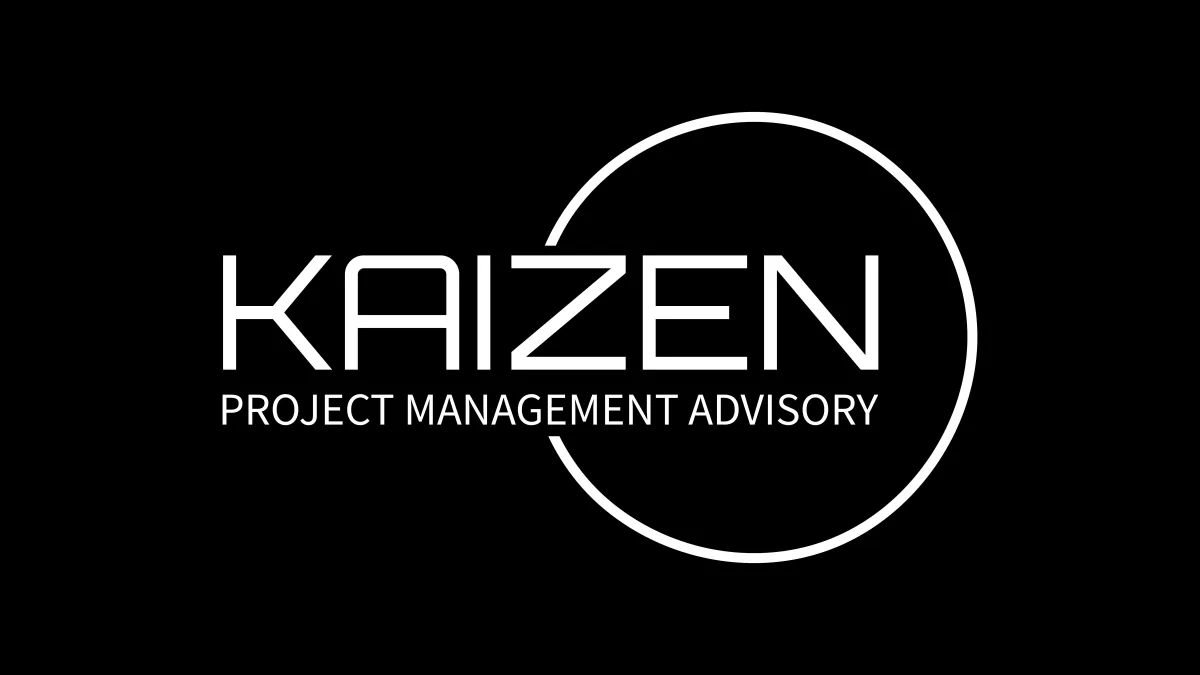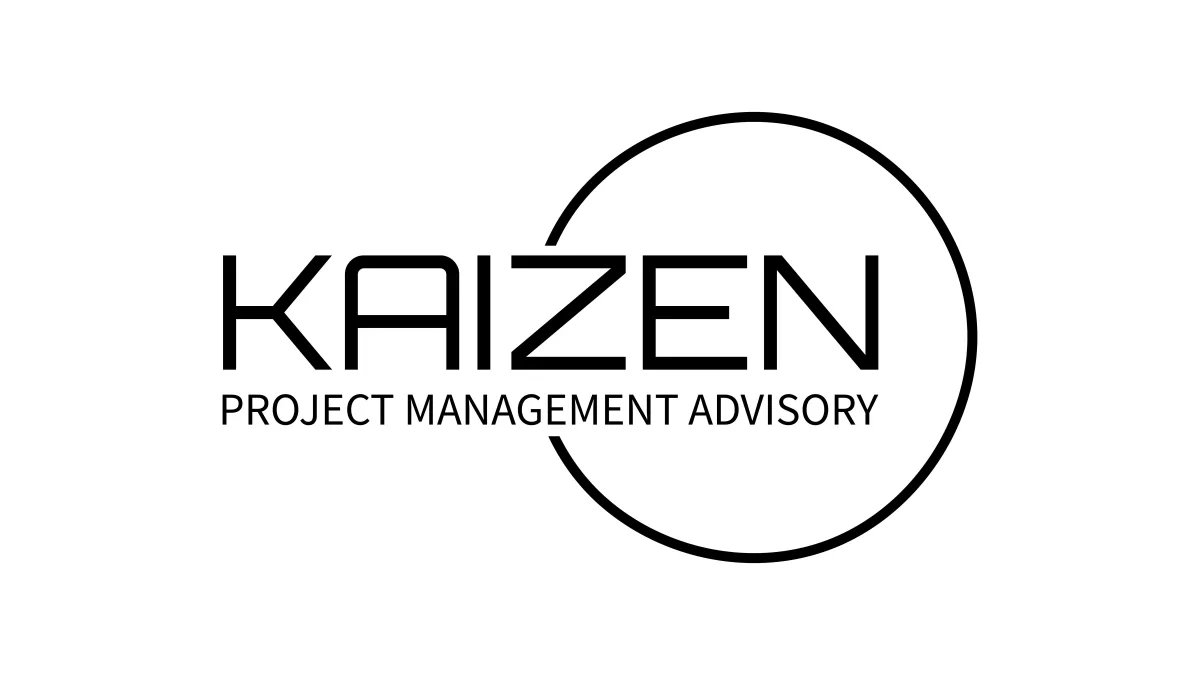Welcome to the Kaizen PMA Blog
Here’s where we share insights, tips, and real-world lessons from the world of project and process management
Explore how a modern project management company approaches today’s challenges, and discover tools and strategies that actually work
Top 10 Project Risks Every CEO Should Know in 2026
CEO’s guide to the top project risks of 2026: from AI failure points to capacity cracks and strategy-execution misalignment. ...more
news
December 04, 2025•3 min read

Project Forecasting for Founders: From Guesswork to Growth Engine
Learn how project forecasting and capacity planning help founders move from reactive chaos to predictable, scalable growth. ...more
news
November 15, 2025•3 min read

Project Health Check: How to Spot Red Flags Before It’s Too Late
Learn how to run effective project health checks, spot red flags early and fix execution issues before it's too late. ...more
news
October 02, 2025•5 min read

Why 70% of Projects Fail And How Executives Can Turn It Around
70% of projects fail. Here's what causes it and how C-suite leaders can reverse it through smarter execution. ...more
news
September 16, 2025•4 min read

Cost Overruns in Project Management: Causes, Fixes, and Prevention
Discover what causes cost overruns in project management—and how to control, fix, and prevent budget risks in high-stakes projects. ...more
news
September 02, 2025•4 min read

How to Save a Failing Project: A 7-Step Executive Playbook
Is your project failing? Discover our 7-step executive playbook to rescue high-stakes projects, regain control, and deliver success fast. ...more
news
August 26, 2025•4 min read

Change Management in Project Environments: Turning Disruption into Opportunity
Learn how to manage project changes with proven strategies that reduce risk, boost alignment, and prevent failure. ...more
news
August 19, 2025•4 min read

Project Management for Small Businesses: Your Blueprint for Success
Learn how small businesses can use simple, effective project management strategies to deliver results on time, within budget, and without stress. ...more
news
August 12, 2025•4 min read

Project Management Certifications Explained: Which One Is Right for You?
Explore PMP, CAPM, PRINCE2, CSM, and more. Understand top project management certifications and find the best fit for your goals and industry. ...more
news
August 05, 2025•4 min read

Project Scope Creep: What It Is and How to Stop It Before It Derails Your Project
Avoid missed deadlines and budget overruns. Learn how to spot, manage, and prevent project scope creep before it derails your work. ...more
news
July 29, 2025•3 min read

Contact Us
Want to share your project with us?
Enter your details below, and we’ll get back to you to explore how we can support your goals.

Kaizen PMA is a project management advisory firm dedicated to helping businesses achieve clarity, efficiency, and lasting success. We offer strategic consulting, hands-on project execution, and team training - tailored to your goals. Rooted in the principle of continuous improvement, we partner with you to deliver projects on time, within budget, and with lasting impact.
© 2025 Kaizen Project Management Advisory. All Rights Reserved.
